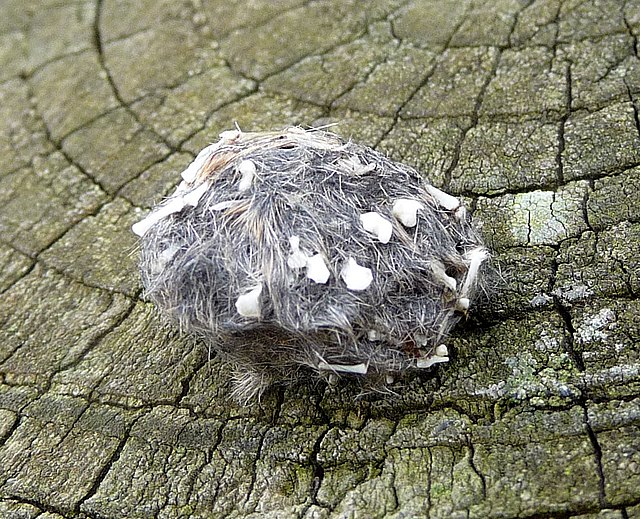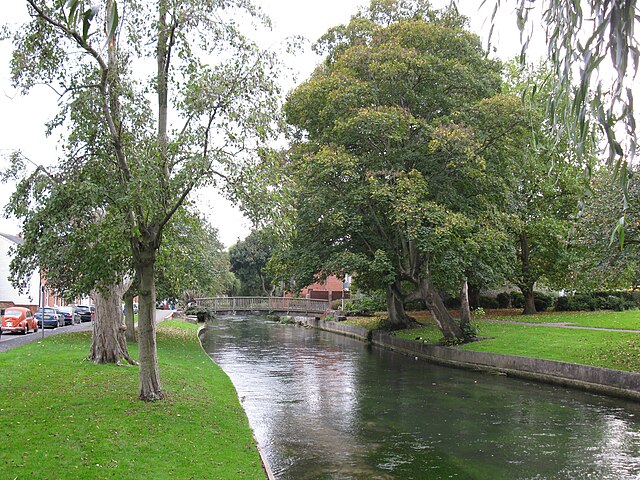A dispersal vector is an agent of biological dispersal that moves a dispersal unit, or organism, away from its birth population to another location or population in which the individual will reproduce. These dispersal units can range from pollen to seeds to fungi to entire organisms.
Dandelion seeds are adapted to wind dispersal.
In leptosporangiate ferns, the fern catapults its spores 1-2 cm so they can be picked up by a second dispersal vector, often the wind.
Barn owl pellets containing pouched mouse remains have been found to contain germinating seeds.
Cape genets have been found to act as pollinators when they drink nectar from flowers.
Biological dispersal refers to both the movement of individuals from their birth site to their breeding site, as well as the movement from one breeding site to another .
Dispersal is also used to describe the movement of propagules such as seeds and spores.
Technically, dispersal is defined as any movement that has the potential to lead to gene flow.
The act of dispersal involves three phases: departure, transfer, settlement and there are different fitness costs and benefits associated with each of these phases.
Through simply moving from one habitat patch to another, the dispersal of an individual has consequences not only for individual fitness, but also for population dynamics, population genetics, and species distribution. Understanding dispersal and the consequences both for evolutionary strategies at a species level, and for processes at an ecosystem level, requires understanding on the type of dispersal, the dispersal range of a given species, and the dispersal mechanisms involved. Biological dispersal can be correlated to population density. The range of variations of a species' location determines expansion range.

A dandelion seed caught in a spider web strand. Dandelions disperse seeds via wind currents.
Dispersal from parent population
Epilobium hirsutum - Seed head
Image showing rivers as dispersal vectors







